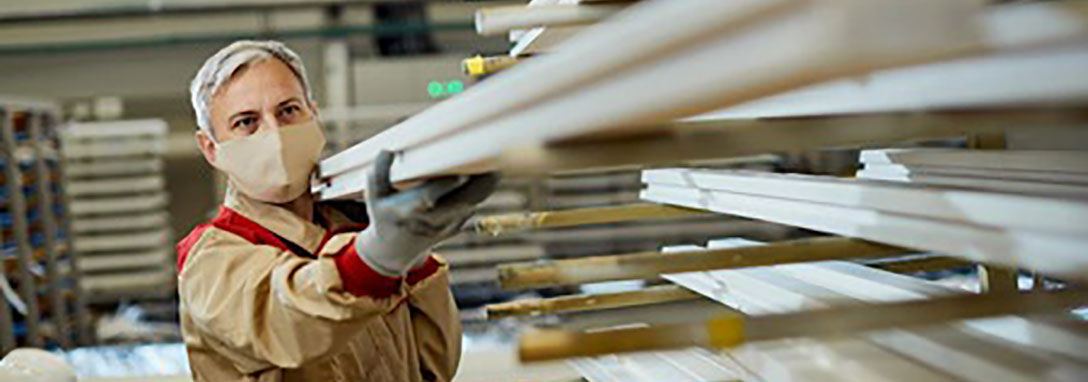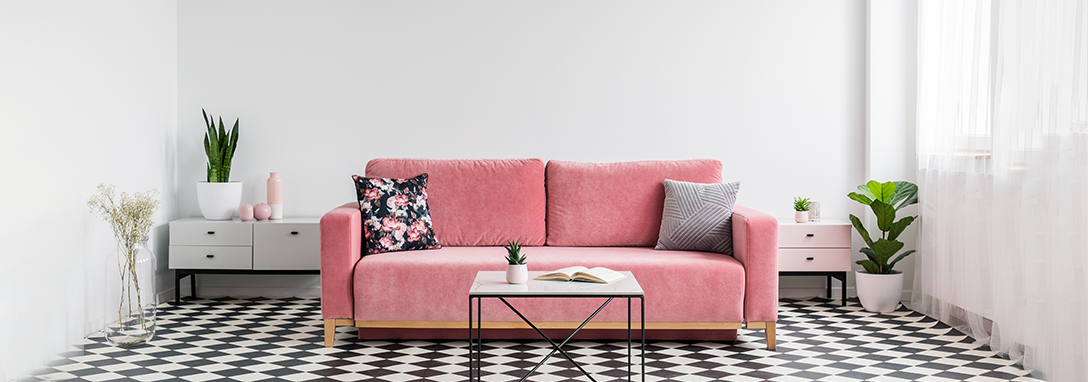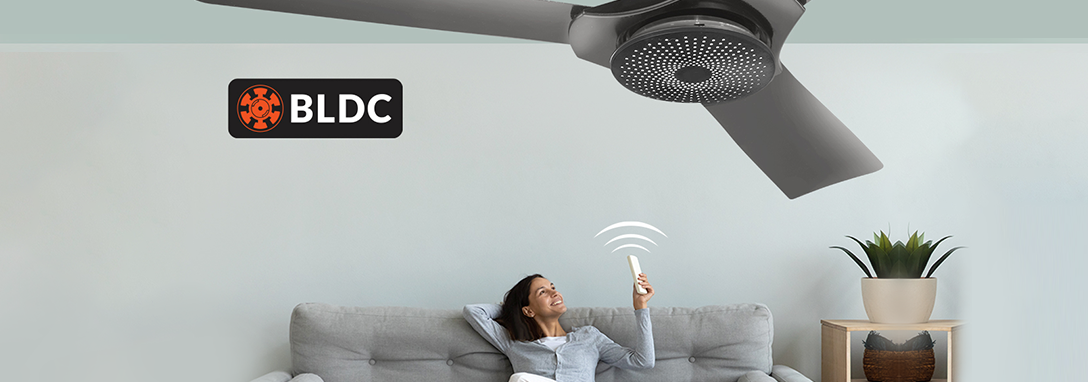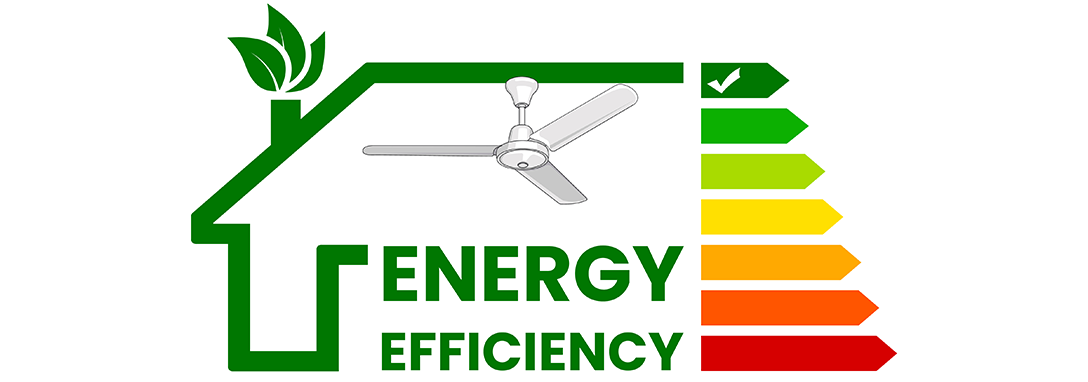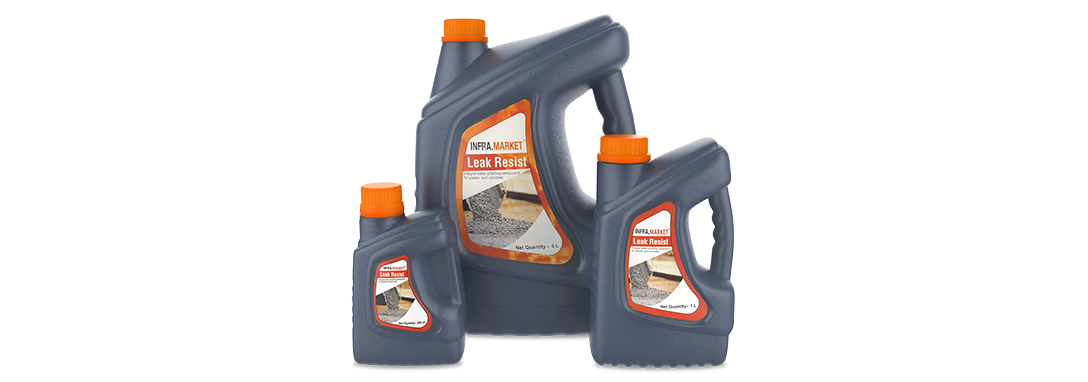Everything You Need to Know About Tile Adhesive
What is Tile Adhesive?
Tile Adhesive is formulated polymer modified, flexible glue that can be used to fix different types of tiles including mosaic tiles, ceramic tiles, clay & ceramic (non-vitrified) tiles of small and large dimensions, engineered and all natural stone tiles amongst others.
Enhancing the quality of binding the tiles to the surface, tile adhesive is a readily available mixture made up of Portland cement, polymers, selected aggregate particles with added additives. It contains specialized chemicals which provide reduced shrinkage with excellent adhesive properties and superior strength. It is very flexible to accommodate thermal & physical movements and is applied in both wet and dry areas.
Difference between Tile Adhesive and Cement
Traditionally, tiles used to be bonded with cement mortar and cement slurry. Due to the drying nature, cement after application would create vacant spaces below the tile surface eventually leading to cracked and chipped tiles in a noticeably short tenure. Prior to using cement, natural sand sources were at the rescue.
Using tile adhesive for laying tiles with a notched trowel requires less material. The adhesive layer is thinner than the sand-cement mixture, leading to lighter load to building structure.
Tile adhesives were primarily designed for efficiently binding tiles to the surfaces with ease. The use of polymers and graded aggregates improves its workability and provides exceptional adhesive along with imparting water-proofing properties. As for the bonding strength, tile adhesive is superior to cement mortar mix, providing greater durability.
Types of Tile Adhesives
There are five types of Tile Adhesives available based on their application and as per IS 15477:2019. Classified as Type 1, Type 2, Type 3, Type 4, and Type 5, they are defined and distinguished based on the following three aspects:
- Chemistry – Dispersion, reactive resin, and cementitious
- Performance – Regular or improved/heavy duty
- Other characteristics – Quick setting, no shrinkage, reduced slip, etc.
Type 1: This is suitable for tiles with apparent porosity >3% and used for all clay and ceramic (non-vitrified) tiles of small dimensions (<= 300mm x300mm) and most cement-based backgrounds including cement plaster, cement concrete, cement screed, amongst others.
Type 2: This is suitable for tiles with apparent porosity <3% and best fitted for vitrified/fully vitrified tiles, glass mosaic tiles, all stones, dense, and large dimensions (> 300mm x 300mm) tiles, and stones with demanding conditions like wet or submerged areas.
Type 3: This is suited for tiles on exterior wall substrates like plaster or concrete. It is specifically designed for tiles including ceramic, clay tiles, basalt tiles, vitrified, glass mosaic tiles, porcelain tiles & all natural stone tiles.
Type 4: Along with being suitable for tiles and wall tiles as included in Type 1, 2, and 3, this adhesive is intended for installation on dry wallboard substrates. Except for metal tiles or engineered stones installed on dry wallboard substrates, this is suitable for all types of stones and tiles.
Type 5: This is best suited for all types of tiles including engineered stones which are to be installed on glass or metallic substrates like gridiron, mild steel, stainless steel, aluminum, or copper, etc.
Other Measures to be Taken:
- Preparing the surface: Before applying the Tile Adhesive, it is imperative to remove all loosely adhering materials, dust, dirt from the surface with the help of sandpaper, wire brush or water jetting. Cementitious substrate must be at least 28 days old. Uneven surfaces may require more than 5 mm thickness.
- Proper mixing: Mix the Tile Adhesive with recommended ratio of clean water slowly to make an adhesive. Continue mixing for 3 to 5 minutes to form a uniform paste using heavy duty paddle mixer to achieve creamy, lump free consistency. Ensure that the mix is uniform and free of dry powder or lumps. This will help in easier application and obtaining more coverage. It is used within its pot life.
- Product quality and notched towel: Look for a decent quality product that offers features like guidance on the feasibility of use, in-house testing facility, etc. The use of notched trowel is necessary while laying tile adhesive on the surface
At present, there are a variety of different brands of tile adhesives available on the market. To select the right one, it is important to consider its area of application. However, even if you successfully choose the right product, unless the surface preparation, mixing, bedding, notching, fixing tiles, & grouting is not up to the mark, it will not be able to achieve the desired results. Hence, to ensure that the given Tile Adhesive is used to its optimum best, remember to meet the above-mentioned requirements thoroughly.







